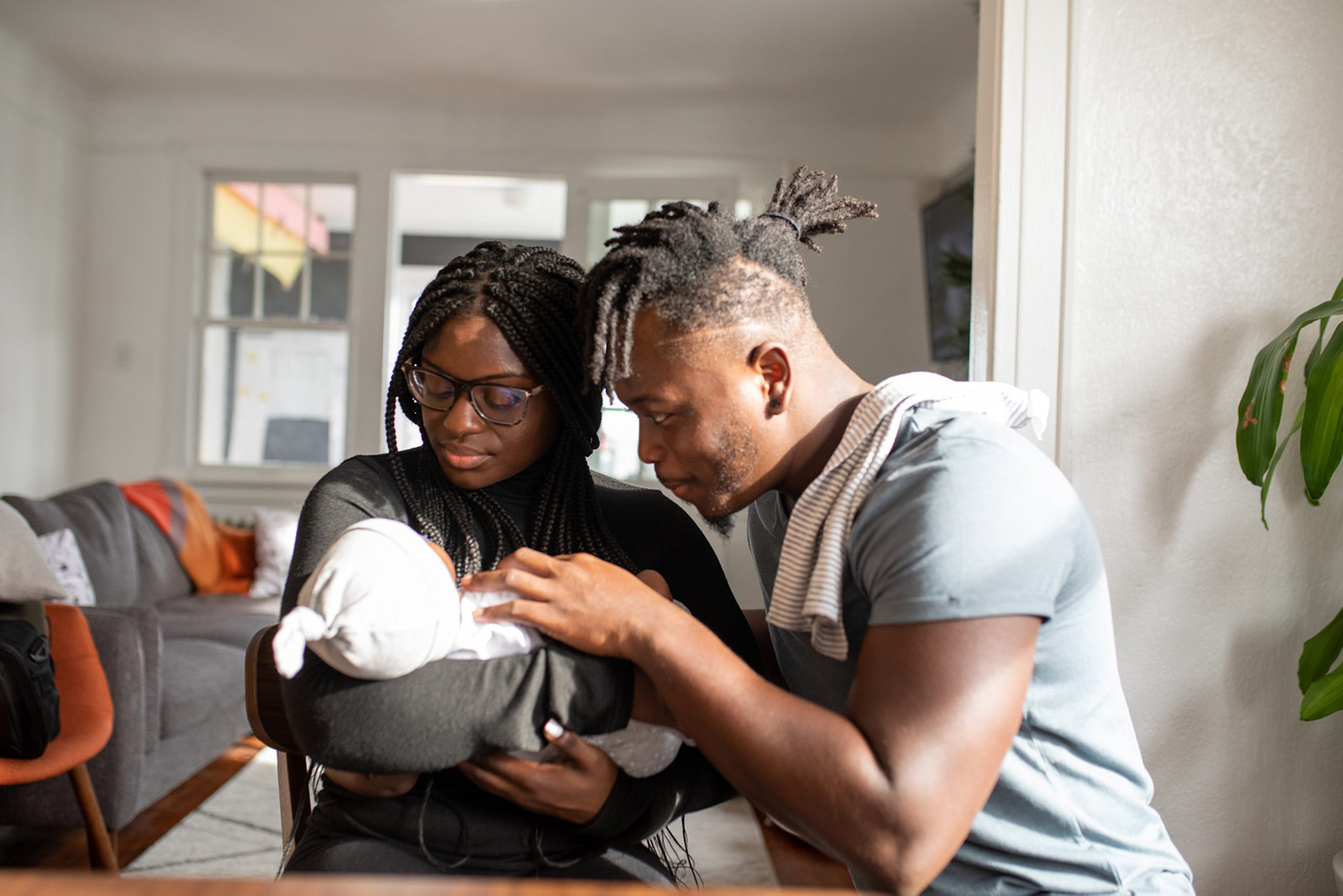Whether you are researching or creating a product, service, or system, three components are part of any use scenario:
- At least one person (a “user”)
- The design “object”
- A place and time where the interaction takes place (context)
These use scenarios have a start, a middle, and an end. For example, a middle-aged woman (person/user) in Edmonton decides she wants to grab a coffee on her way into work. She walks into a local shop (context), uses the coffee buying service to order an Americano (design object). Much like in a play or a movie, the coffee buying process is a scene.
But how was her experience? Did anything make it special? How did the design of the coffee shop, her cup, or myriad other products, services, and systems contribute to a great experience that she values as much as the coffee, itself?
Experiences are complicated. People have them every day and barely notice their details. Heck, you are having en experience while you read this website. As long as we are conscious, we are having an experience. This “always there/everything/all the time” makes experiences a challenge to design. Where do we start to design for experiences when they are everywhere?
Design Influences Scenes
When designers create things like posters, trucks, smartphone apps, and processes for ordering smoothies, they create objects that people use. These things become part of people’s experiences—of the scene in which they “act” through using products, services, and systems. As mentioned above, the design of a thing can cause a “bad” or “great” experience.
- The size of menu options on a smartphone app can be so small they can be hard to see.
- A service for selecting flowers at a shop can feel personal and exclusive.
- Visitors to an office building can effortlessly enter thanks to a well-placed ramp.
A design’s style, format, and features enable use. At the most basic level, a design outcome is “successful” when people can use it to accomplish a task. However, many times, people would much rather have a memorable and meaningful experience using a design than just having a “successful” one. Instead of “getting the job done,” people prefer an experience (Pine II and Gilmore, 2011). Design details like materials, language, colors, sounds, and processes define design outcomes—they make the design (Eames and Eames, 1961). When the design outcome’s format and functionality match a person’s needs, the experience produced is usually a “good” one. When the outcome’s design exceeds requirements or is so intuitive that it enhances the person’s experience, the scene becomes memorable and valuable.
Experiences are Complicated
Designers often use methods like empathy mapping and persona development to base their decisions on reality. These activities attempt to document what people think, feel, and do in different contexts. However, methods like empathy mapping and persona development often draw upon what designers believe about people and do not involve primary research. These methods provide biased guidance for design, but they do not create a high-definition picture of a person’s complete experience based on firsthand accounts.
Research, such as interviews, use diaries, participant observation, and focus groups, takes a lot of time. This kind of study also creates a rich picture of people’s scenes—their needs, values, and preferences—straight from the source. If designers embrace complete experiences as fuel for design and its chief goal, then research is necessary. These comprehensive experiences are complicated—comprised of both real and perceived aspects. Defining aspects of experiences that surround scenes were design is used is imperative so designers can know what to look for when researching and what to design for when creating outcomes.
